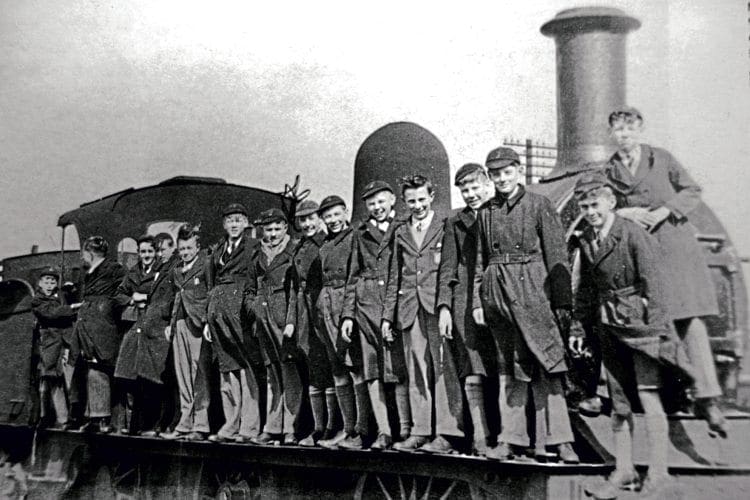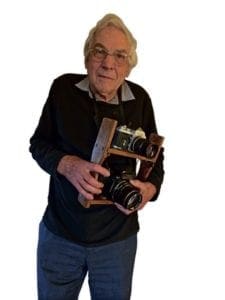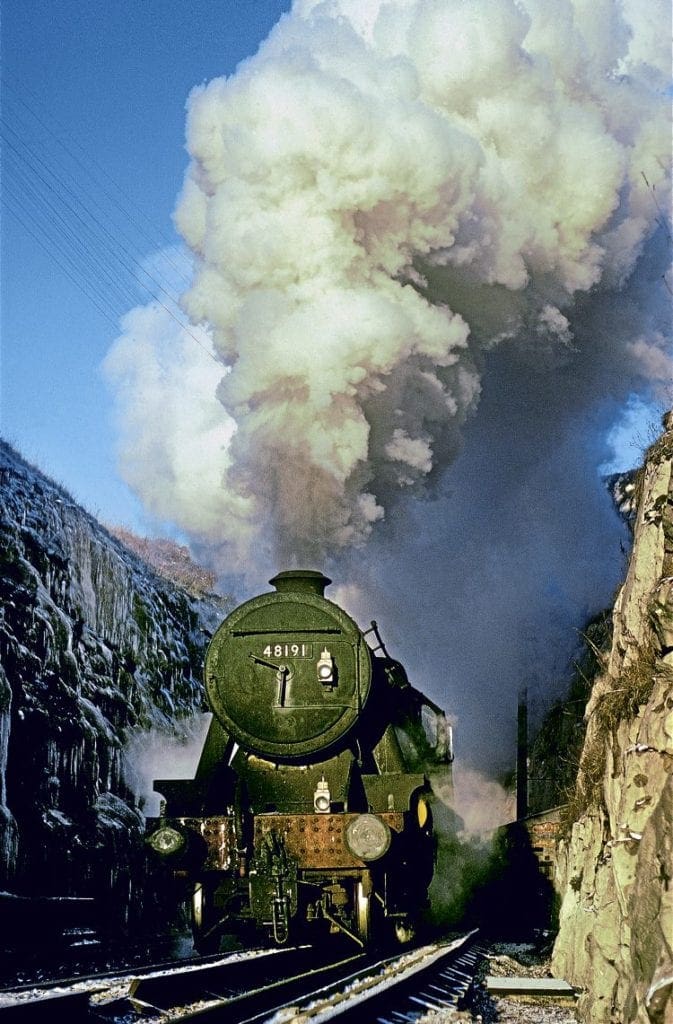He took his first train photograph in 1949 and is still active on the lineside today. We turn the spotlight on one of Britain’s best-known and most prolific railway photographers – Les Nixon.

The name Dr L A Nixon first came to my attention 54 years ago. I’d just had my first contribution printed in the RM and was showing it to my parents when they noticed their young son’s name was in the list of credits next to that of a doctor.
As a result of their surprise, a name that might otherwise have passed me by became indelibly printed on my mind, and it was thus with a strange feeling that I found myself sitting in judgement on the doctor’s own contributions when I entered railway journalism a quarter of a century later.

Les Nixon began photographing trains in 1949, and to mark his 70 years behind the lens,I travelled to his Derbyshire home to chat about his life and immerse myself in the wonderful images that inspired so many enthusiasts in the 1950s and 60s.
Born in the Yorkshire mining town of Barnsley on July 4, 1936, Les recalls being taken as a child to the town centre level crossing at Exchange station – a wonderful location as it was almost within touching distance of engines stabled in the shed yard.
There, he would badger his mum to be allowed to spend a few minutes soaking up the atmosphere and watching passenger and goods trains rumbling past Jumble Lane signalbox, and when it was time to go home, he would “bawl his head off”!
The reason for his interest at such a young age is because steam is in his blood… on both sides of his family. His father and paternal grandfather were both footplatemen, his mother worked for the LNER’s clerical staff, and two uncles were employed at Stratford Works.

“Despite that and the fact that dad enjoyed his job, he did his absolute utmost to dissuade me from joining the railway when I was a boy,” Les told me. “He knew I was keen to become a driver and I suppose he thought I’d got it into my head that I’d be ambling down pretty branch lines on sunny days, stopping to pick blackberries on the way.
“So he’d say to me: ‘If thou had to get up at 2 o’clock on a February morning and go out in pouring rain and a howling gale to work a tender-first goods to Scunthorpe, thou’d soon change thou tune, lad’!”
“Family life was virtually non-existent – we even used to get woken up in the early hours by a knocker-up sent from the shed – and I suppose dad felt the unsociable hours, constantly changing shift times and hard, dirty work were not what he should be recommending to his son.”
Read more and view more images in the February 2019 issue of The RM – on sale now!


